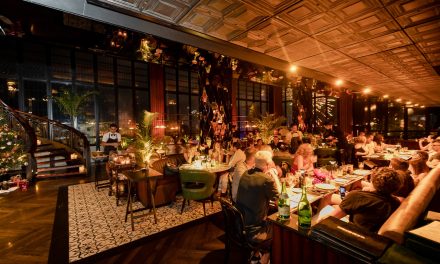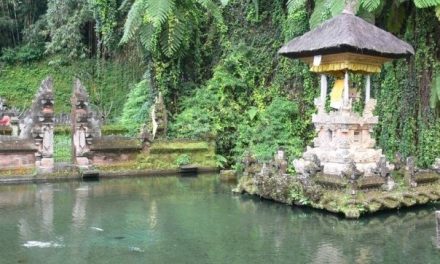When you think about Bali, vibrant sunsets, stunning beaches, and extravagant nightlife inevitably come to mind. But nestled within the island’s treasures is a rich cultural tapestry that includes the captivating Kuta traditional dance. While many flock to Kuta for surfing or soaking up the sun, the cultural heritage of this region is beautifully expressed through its traditional dances and, crucially, the costumes that bring these dances to life.
The Art of Costume in Kuta Dance
You might be wondering, what makes Kuta’s traditional dance costumes so special? During my travels in Bali, I often found myself fascinated by how the performers’ attire tells a story. From intricate designs to vivid colors, every piece is meticulously crafted and loaded with meaning. Each costume reflects the dancer’s role and the narrative of the performance, establishing a connection between the dancer, the audience, and the spiritual realm.
Cultural Significance
Take, for instance, the vibrant kebaya worn by female dancers. This traditional blouse-dress combination often features intricate batik patterns and is typically accompanied by a long skirt made from luxurious fabrics. As I watched a performance on a stunning evening at Kuta Beach, I was mesmerized by how the intricate beadwork and sequins on the kebaya sparkled under the fading sun. It wasn’t just clothing; it was art.
Men’s costumes can be equally striking, typically comprising a baliang (a traditional shirt) and sarong, often embellished with elaborate accessories that signify rank and character. During one cultural festival I attended, I distinctly remember a male dancer’s striking headdress adorned with intricate gold details. The way it elevated his stature and presence on stage was nothing short of mesmerizing.
Practical Advice for Enjoying Traditional Dance Performances
If you plan to catch a Kuta traditional dance performance, let me share a few tips from my experience to ensure you enjoy every moment:
1. Arrive Early: Getting there ahead of time allows you to appreciate the craftsmanship of the costumes up close. I remember wandering around the venue as performers prepared, and I was lucky enough to see them adjust their costumes — a behind-the-scenes glimpse that made the performance even more special.
2. Learn the Stories: Understanding the tales behind the dances adds depth to the experience. Many Balinese dances derive from ancient epics, so investing a few minutes researching beforehand can make a world of difference. The last dance I watched transformed for me as I realized it depicted the legendary “Ramayana.”
3. Ask Questions: Don’t be shy! If you see a costume you are particularly curious about, ask the performers or event organizers. They often love sharing their insights, which can make your experience even richer.
4. Dress Comfortably: While indulging in the vibrant atmosphere, feel free to don your favorite Bali-inspired attire, but don’t forget comfort. You’ll want to immerse yourself fully in the experience, perhaps even join in during the interactive segments of the performance.
The Joy of Dancing in Your Own Attire
A personal highlight of my time in Bali was when I participated in a community dance event. They encouraged the audience to get involved, and as I slipped into a complementary outfit — yes, a borrowed sarong and kebaya — I felt an echo of the performers’ joy. Moving in sync with the beautiful music made me appreciate the vibrancy of Kuta’s dances intimately. Sure, my steps were clumsy, but the warmth from locals was heartwarming. It felt like a true community celebration.
Spectacular Costumes to Look For
In the world of Kuta traditional dances, certain costume elements stand out. Here are a few pieces to look out for during your visit:
– Topeng Masks: Traditionally worn in masked dances, these colorful masks represent various characters and are often elaborately designed, making them a visual centerpiece.
– Kain Endek: This ikat textile is known for its unique weavings and is often used for sarongs. Each design has its unique symbolism, representing elements from Balinese mythology.
– Headdresses: Intricately designed headdresses can be a statement piece of the costume. They often incorporate flowers and gold accents, symbolizing prosperity and beauty.
Conclusion
Experiencing Kuta traditional dance is more than just watching a performance — it’s about immersing yourself in the vibrant culture that defines Bali. The costumes are not merely fabric; they’re woven with history, artistry, and spirituality. So whether you’re admiring from the audience or experiencing the joy of dancing yourself, remember to appreciate the craftsmanship and stories behind every thread. Immerse yourself fully, and you’ll come away with beautiful memories and newfound respect for this stunning cultural expression. So the next time you’re planning a trip to Bali, don’t forget to carve out time for the enchanting world of Kuta’s traditional dance – you won’t regret it!






